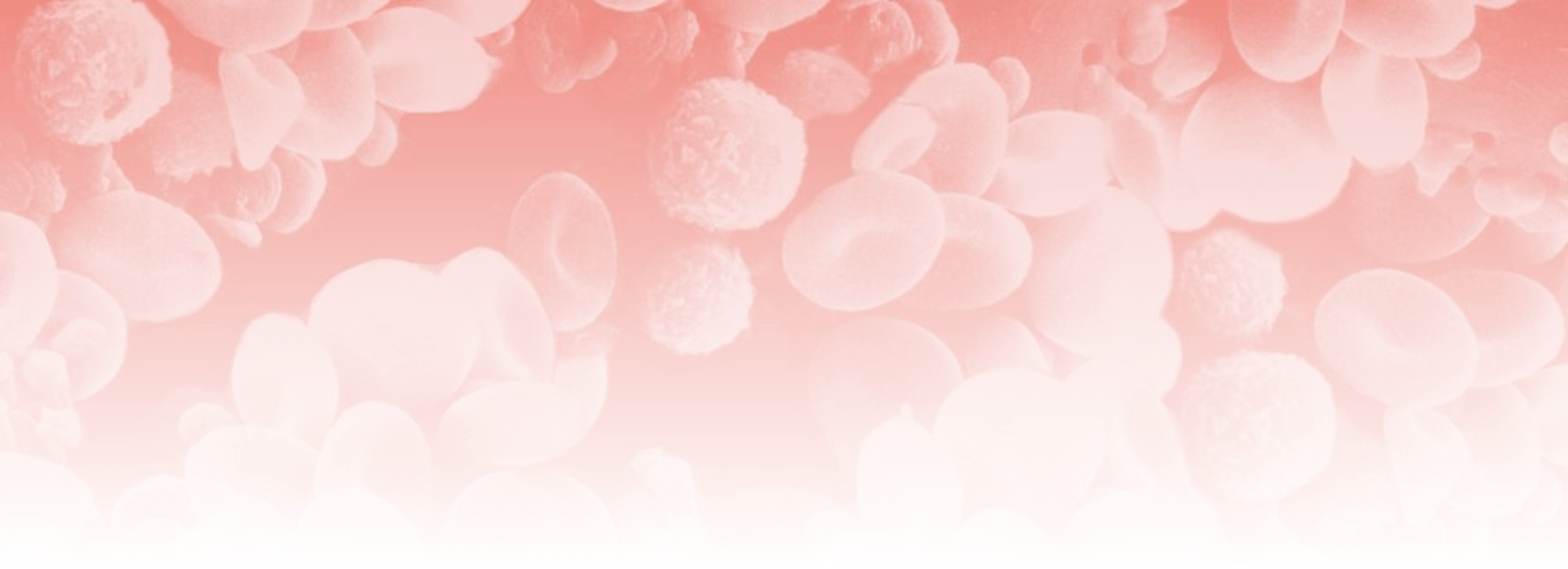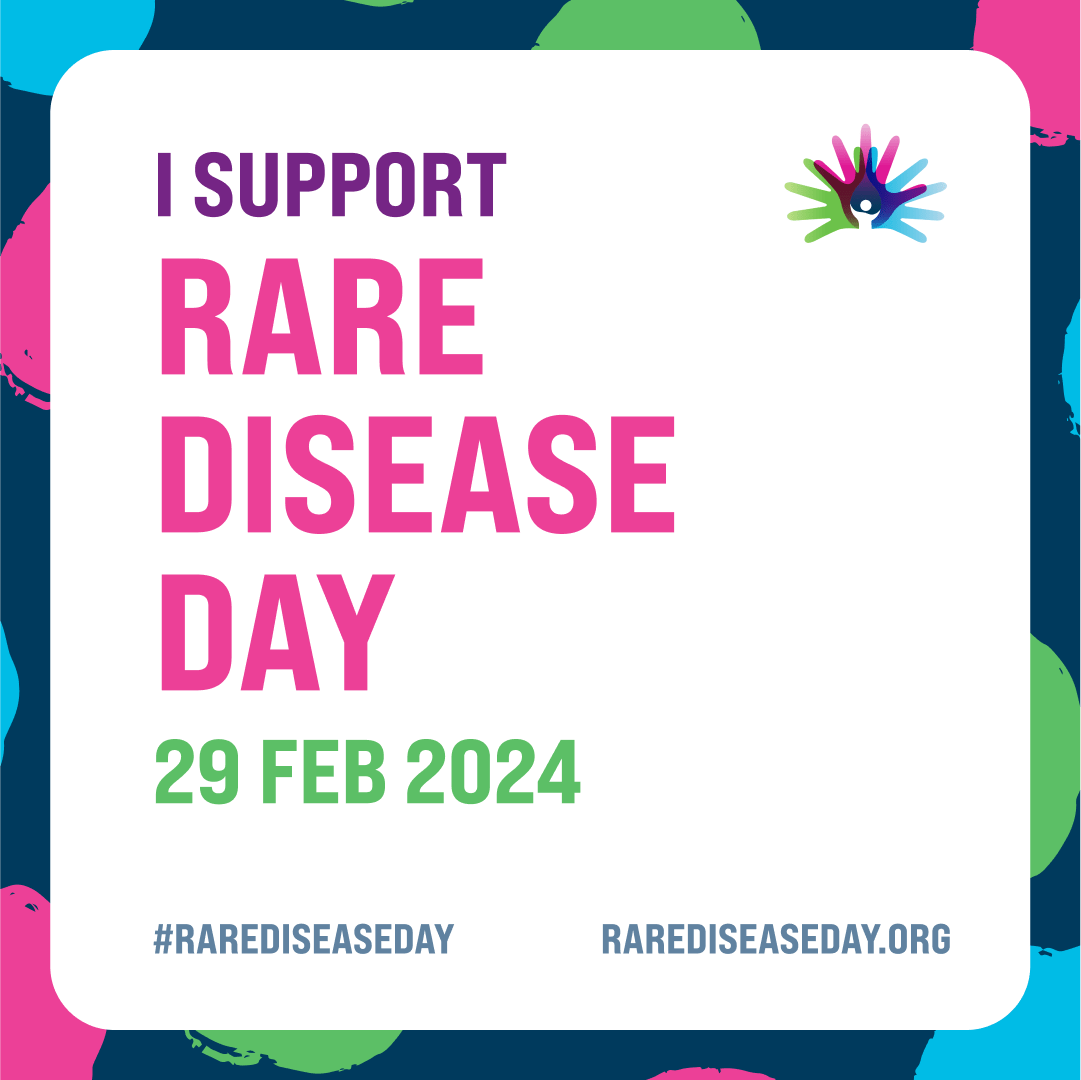
Rare Disease Day 2024

February 29, 2024
Like every year on the last day of February, Santé Active Edition – Synergy Pharm is helping to raise awareness about rare diseases. On this Rare Disease Day, our medical writing team would like to express their support for patients, their families and friends, and all those involved in the fight against these diseases.
Rare Diseases: Multiple Challenges
Rare diseases are a scientific, health, and political challenge.
These diseases, which each affect less than one in 2,000 people according to the European definition, concern nearly 6% of the world’s population, including around 30 million patients living in 48 countries in Europe. There are about 7,000 distinct rare diseases. They are listed in the Orphanet open-access database, which keeps a record of all the rare diseases identified to date. The majority of rare diseases (about 98%) affect only a few patients, or even a single family.
Diagnosis
Strategies, such as National Plans for Rare Diseases, have been implemented in many countries, with the aim of improving access to high quality patient care. France was the first country in Europe to implement a National Rare Disease Plan (Plan National Maladies Rares; PNMR1 2005-2008), and successive updates (PNMR2 and PNMR3) have led to improvements in the care pathway for patients through the identification of reference and competence centers, and their organization into Rare Disease Health Networks (Filières de Santé Maladies Rares, FSMR). However, efforts must continue to raise the profile of rare diseases, ensure that health professionals are better informed, and reduce the frequency of diagnostic errors. Some of the actions that have already been put in place in France are the creation of a dedicated rare disease teaching module for medical students, and the publication of a brochure entitled “Et si c’était une maladie rare ?” (“What if it was a rare disease?“), aimed at raising awareness among the medical profession. In the brochure, there is a link to the RDK™ Rare Disease Knowledge application, developed through a public–private partnership between Orphanet (established by the French National Institute of Health & Medical Research; INSERM), As We Know, and Tekkare, to accelerate the diagnosis of rare diseases. AccelRare®, another “pre-diagnostic tool for rare diseases” that can be used on a computer or tablet, has been developed by Sanofi and the Medical Intelligence Service (MIS).
About 80% of rare diseases are genetic in origin. Newborn screening (NBS) is a key strategy for early diagnosis and to allow rapid care of patients from an early age. Since the first NBS test was developed in the US in the 1960’s, different countries have expanded their NBS programs at different rates. For example, although France introduced NBS in 1972, few pathologies are included in the national NBS program compared to some other European countries. However, the program was expanded in 2023 to include 13 diseases (compared to 6 previously). For more information, see our 2021 news article on the First International Neonatal Screening Day.
Treatment
Treatments are available for only 5% of rare diseases! Thus, 95% of rare diseases are referred to as “orphan diseases” because even though patients can benefit from symptomatic treatment, there is no specific or etiologic treatment that can cure or at least control the disease.
Rare disease research is a dynamic field, but the development of treatments is made difficult by the small number of patients affected by any one disease, the large number of rare diseases (about 7,000!), and their heterogeneity and complexity. Indeed, a good understanding of the mechanisms and natural history of a disease is needed to develop a new treatment. In addition, drug development is a time-consuming and expensive process that requires several steps. Regulatory authorities make marketing authorization decisions after assessing the balance between the benefits and risks of a new medicine, which is usually established during clinical trials involving large numbers of patients. Evidently, this is very difficult, if not impossible, in the field of rare diseases. New evaluation methods, specifically adapted to overcome these constraints, must therefore be established. This is the aim of the international project INVENTS (Innovative designs, extrapolation, simulation methods and evidence-tools for rare diseases addressing regulatory needs), funded by the European Commission’s Horizon Europe program and coordinated by the INSERM. These methods, based on real-world data, could also be used to help repurpose existing drugs. Indeed, some targets may be common to other non-rare diseases, and drugs initially developed for another indication may prove effective in treating some rare diseases. The repurposing of drugs may allow patients to have access to treatments more quickly than the “classic” drug development pathway because some of the necessary steps have already been completed, even if the efficacy and safety of the drug must be demonstrated for the target rare disease. The IRDiRC (The International Rare Diseases Research Consortium) has recently developed a guide for the repurposing of molecules: The Orphan Drug Development Guidebook (ODDG).
In addition, the European Medicines Agency (EMA) facilitates the development and authorization of ‟orphan medicines”, which in some cases can be administered to patients with rare diseases under compassionate use. In our previous news articles, we told you about the case of the triple therapy elexacaftor-tezacaftor-ivacaftor (Rare Disease Day 2023, “Virades de l’espoir” 2022 to fight against cystic fibrosis, World Rare Disease Day 2022).
As mentioned above, the majority of rare diseases have a genetic origin. Gene therapy can therefore provide a solution for some patients. Advances in technology are increasing the potential of this treatment.
All these advances require close collaboration between clinicians, researchers, manufacturers, regulatory authorities, and, increasingly, patient associations. Significant progress has been made, but there is still a long way to go.
The Fourth National Plan for Rare Diseases in France (PNMR4)
Around 300 people (rare disease experts, pharmaceutical and biology manufacturers, patient associations, etc.) worked on the new French national plan for rare diseases: PNMR4. Divided into four working groups corresponding to the four strategic axes (Care Pathways, Diagnostics, Access to Treatment and Innovation, and Health Data and Biobanks), they have developed a roadmap that is being unveiled today.
Santé Active Edition – Synergy Pharm and Rare Diseases
Rare diseases hold a particular interest for the team at Santé Active Edition–Synergy Pharm. We have carried out many projects in this vast field, and two of our medical writers (Emma Pilling and Françoise Nourrit-Poirette) worked for Orphanet before joining us.
We would like to thank our clients who are involved in the fight against rare diseases for entrusting us with the drafting of their regulatory and clinical documents (protocols, synopses) as well as their communication materials for the medical and scientific community (research articles, slideshows, posters, conference proceedings, etc.) and the general public (website content, press releases).
Find out more about rare disease day from organizations such as RAREDISASEDAY.ORG and GENETIC ALLIANCE UK. Orphanet has also released a special edition of OrphaNews, a twice-monthly newsletter that provides updates on scientific and political developments for the rare disease community.
Regulatory authorities are also getting involved by hosting specific events:
- The EMA’s Orphan Medicines Office is hosting an interactive webinar today to answer questions about orphan designations and rare disease drug development from researchers and product developers.
- The FDA is also hosting a virtual public meeting, dedicated to patients and providers, on March 1, 2024.